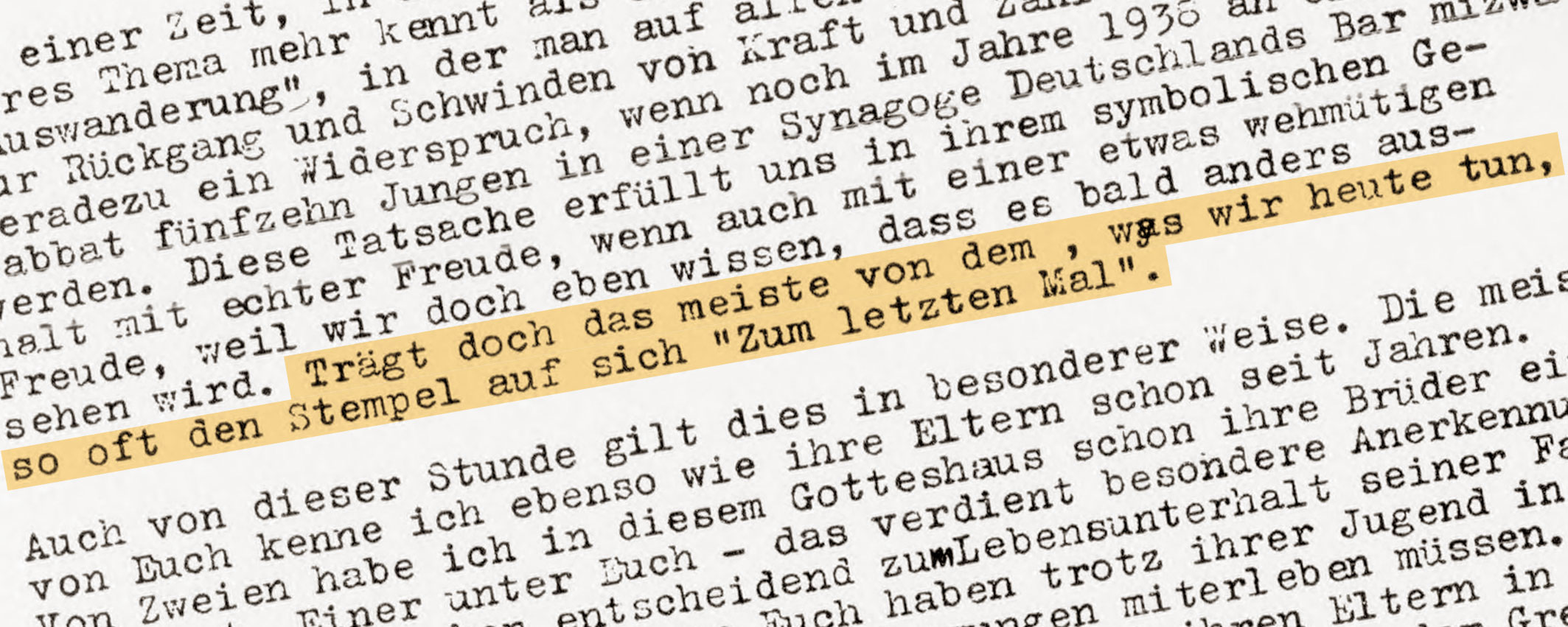“For the last time”
Farewell at a Bar Mitzvah

They celebrated nonetheless. Many of the families with members whose Bar Mitzvah was taking place during this September would not be in Berlin much longer. However, on this day they all came together in the synagogue for one last time.
BERLIN
It was more of a wistful farewell than a joyful Bar Mitzvah: Rabbi Manfred Swarsensky seemed to be fully conscious of the situation in which his congregants at the Prinzregentenstraße Synagogue in Berlin found themselves. In his address on the occasion of the Bar Mitzvah of 15 teenagers, he captured the mood of this day of celebration: everything clearly bears “the stamp ‘for the last time.’” Many families, whose sons celebrated their Bar Mitzvah on this day, sat on packed suitcases. One family was departing the very next day. The synagoge, in Berlin’s Wilmersdorf neighborhood, had been one of the only synagogues first built during the Weimar Republic. It had also quickly developed into a center of Jewish culture. Now, at the end of September 1938, it was clear to the rabbi that his congregation was facing major changes: “In a few years, much of what’s here today will be gone and perhaps also forgotten.”
SOURCE
Institution:
Leo Baeck Institute – New York | Berlin 
Collection:
Gerhard Walter Collection, AR 11826 
Original:
Box 1, folder 1










































